No one can hear you scream in space.
If that’s true, then how did we hear Neil Armstrong say, “The Eagle has landed,” back in the summer of 1969? I’m so glad you asked! I will explain the process of sound, speech, transmission, and hearing.
Let’s look at the Apollo 11 moon landing to understand how sound and hearing work.
Imagine it, July 2, 1969, Neil Armstrong’s lunar module has just landed on the moon. He utters the now famous words “The Eagle has landed,” and some guy in Houston is listening to him roughly 240,000 miles away. What an achievement! But as humans we take it for granted. How did we hear him from the moon? It’s a journey, just like traveling to the moon in a rocket. It’s what we do every day to speak, hear, and communicate. All the conditions have to be just right, and it’s miraculous!
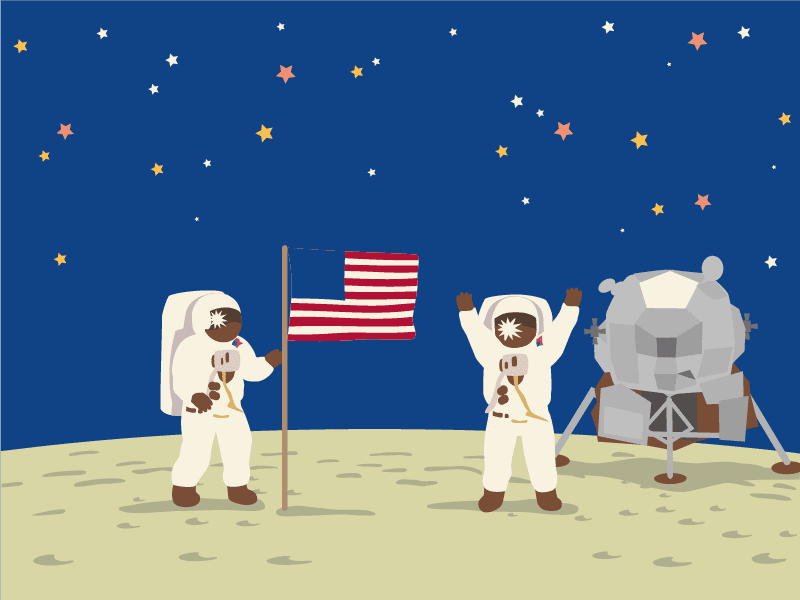
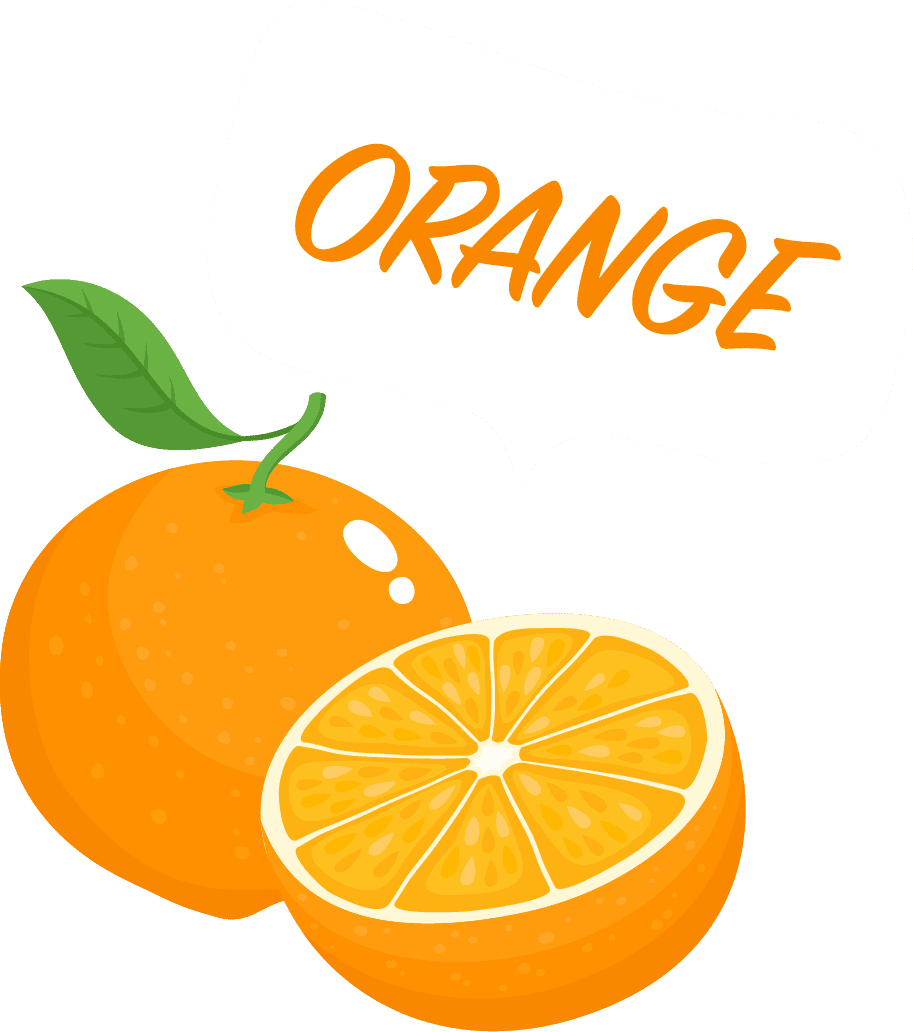
First, we need air molecules.
Our diaphragm acts like a big bellows that pushes air in and out. As we inhale pressure is built up, and as we exhale, it’s released. No big deal, right? Breathing! Most animals on Earth do that! But what humans do is different and ingenious. With our vocal cords, tongue, teeth, nose, and lips, we manipulate, and control released air into patterns that we call speech. Our vocal cords may buzz for a vowel sound, or we may pass the air freely up to closed lips and suddenly pushed apart to create a “p” sound.
We use speech for language. Speech forms familiar patterns and creates words which make up a language. Native language speakers have a shared knowledge of those words and use them to communicate. Languages are largely complex, just like traveling in space. Take for example the word “orange.” Upon hearing the word orange, our brain recalls information from its memory banks. An orange is round like a ball, sunny, citrusy, orange in color, etc. Language directs the brain to gather those associations and the word represents a faceted concept. These concepts are a little different for everyone as brains are wired differently from person to person, but the image of an orange would be roughly the same for everyone. We use these mutual and shared approximations to send an idea or ideas from one person to the next, from simple ideas to abstract, complex ideas like rocket science!
People who get hearing aids for the first time will say, “Why can I hear my footsteps now, but I still can’t understand my wife?” Well, language is much more complex and well planned. When you experience hearing loss, your brain sometimes has to “relearn” how language fits together in a logical auditory path. Over time, people who don’t treat their hearing loss can actually forget how to do this.
Remember, in space no one can hear you scream.
Why? Because there are no air molecules to push around. But Neil happened to be inside a spacecraft that also contained oxygen and other air molecules. He started by taking a breath in, and slowly releasing it. With his vocal cords contracted, he sent air up into his mouth, to the tip of his tongue behind his teeth. With vocal cords buzzing, Neil opened his mouth, removed his tongue from the back of his teeth, and spoke the word “The”. The magical thing is, Neil has a large vocabulary. He can describe anything to anyone, as long as they share the same language. But how could he be heard on Earth? After all he was on the moon thousands of miles away in a tin can!
Neil Armstrong utters the now-famous words on that day in 1969, “The Eagle has landed.”
Those words hit a microphone in the spacecraft. The microphone houses a thin sheet of metal and a diaphragm that can feel the air molecules bouncing against it. Neil’s speech has concentrated energies, frequencies, starts, and stops. As the sound waves hit the microphone, it vibrates to the pressure created by the sound waves. The amplifier then transforms the impulses into electrical energy, which becomes the audio signal.
Hearing aids also have tiny microphones, no bigger than the head of a pin but must be able to capture all these dynamic sounds.
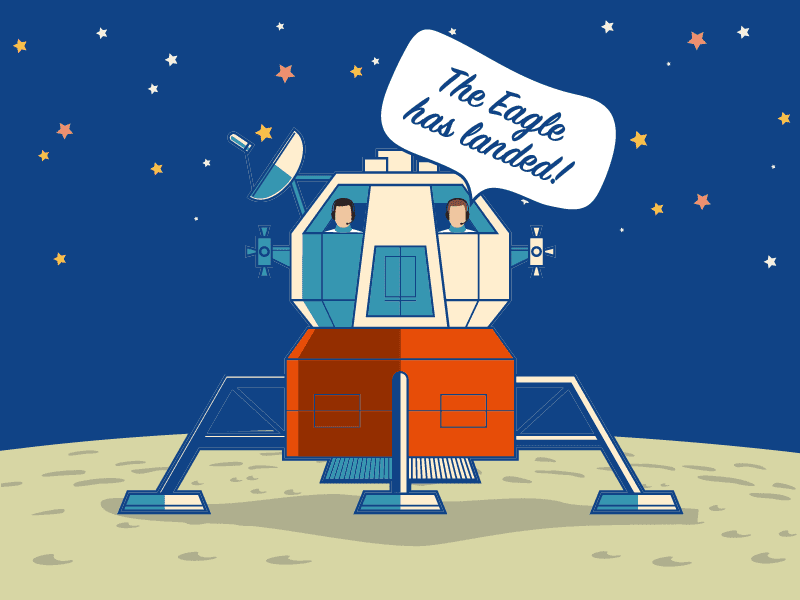
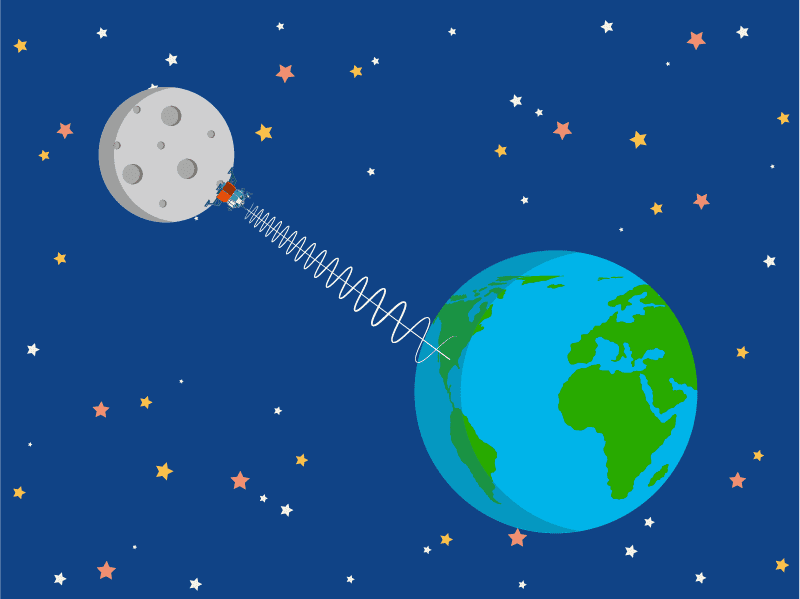
Now, how did Neil’s message get to Houston?
The spacecraft uses electromagnetic waves, or radio waves. The radio waves traveled 186,000 miles per minute (sound waves only travel ⅕ as fast). A modulation is made of the radio waves, and it exactly reproduces the amplitude (the strength) and the frequency (the rate of wave cycling back and forth), capturing the characteristics of the original sound waves. The sound can then be transmitted rapidly over long distances. So, think about when there’s a live broadcast in California. Listeners in New York will hear the broadcast a fraction of second earlier than the live audience sitting in the back of the theatre.
Today, Bluetooth is just a different way of transmitting information coded in binary means, zeros and ones which can be converted back into an acoustic signal. Many modern hearing aids take advantage of this technology and can even connect to other devices, like a smartphone. You can even listen to music playing from your Apple iPad with your hearing aids. Bluetooth uses waves in 2.4GHz frequency, really fast waves, and devices will receive these waves from a signal that is switching frequencies of transmission 1600 times a second. Each signal is kept unique and never interferes with anyone else’s.
Once sound reaches one’s ear, the magic of hearing occurs.
Let’s go back to Neil right before he takes the first step on the moon. Houston hears, “The eagle has landed.” over a headset which reassembles the sound waves from the radio waves. The sound waves enter the ear canal of the person wearing the headset in Command Center. Even before they hit that person’s eardrum, the shape of the ear canal (tube with a closed end and an open end) will amplify a certain part of the signal on its own, mainly the softer, harder to hear consonant sounds. The sound waves travel to the eardrum, vibrating it. The bones behind the eardrum move in frequency and amplitude. The bones then convert the sound energy into mechanical energy. The bones end in the middle ear and connect to the oval window, a membrane that separates the middle ear from the inner ear. The inner ear is like a pressurized cavity that has two sections separated like a battery.
The sound wave that enters here from the vibration of the bones, travels through the turns of the inner ear, just like inside a seashell, two and a half turns with high frequency receptors at the beginning and low frequency receptors at the end. There’s a sensitive and fragile part of the ear at this point that gets excited and brings the two battery connections together creating an electrical charge. The electrical charge travels out of the ear and into the brain. As the charge travels along the path to the brain there are stops just like a railroad line where the signal is boosted. Ultimately, the charge reaches the auditory section of the brain where it integrates with the rest of the higher functioning parts of the brain. These parts of the listener’s brain understand language and the idea that was in Neil’s head. Wow, what a feat!
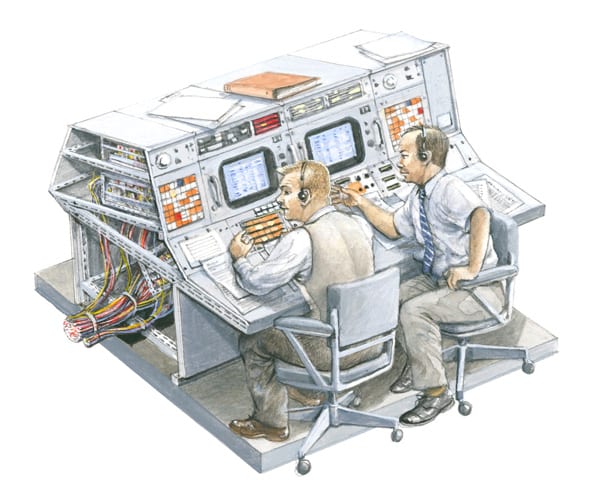
This short video illustrates how sound waves enter the ear canal and travel through the various components of the middle and inner ear.
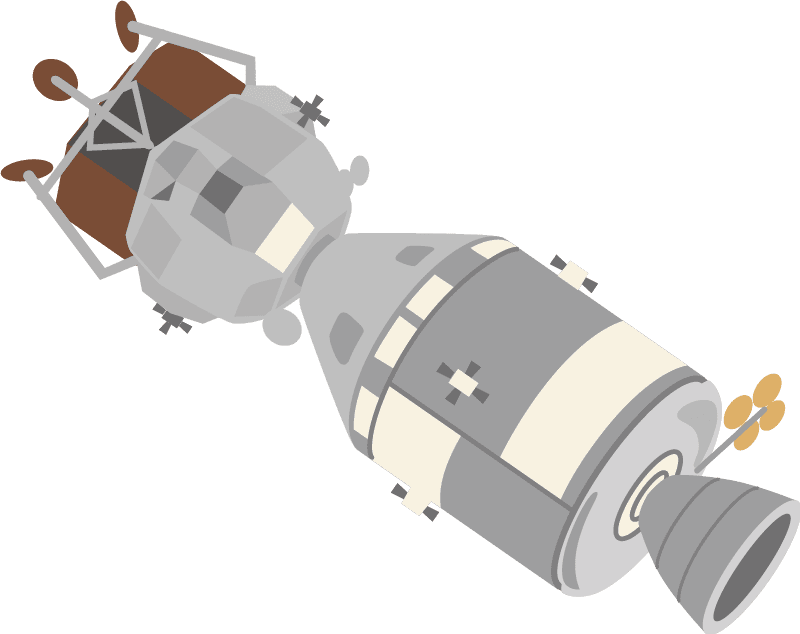
The Command center knows what’s happening on the moon!
We know the capsule is named “The Eagle” and that it’s landed on the moon. Knowing the facts behind a communication, we have an easier time understanding them. Those with hearing loss are at a disadvantage when communicating with other people through sound. They’re guessing all the time about what they’re missing in conversations. They may become tired and frustrated and loose the motivation to seek out new activities, meet new people, or talk to family and friends. Often as hearing loss progresses, people become more isolated, afraid of the embarrassment of not being able to hear well.
Hearing is such an important, fantastic, and magical process. The fact is before the rockets were pushing air molecules and creating lift off, Man was marshaling his sound into speech and language to formulate ideas, like engineering concepts to build rockets! That’s how we got a man on the moon!
Communication is a complicated process, and hearing aids bridge the gap that hearing loss causes. What a wonderful time it is to have the means to deliver better hearing to those who suffer from hearing loss. The ability to hear is an integral part of life and happiness. Not to mention it’s how we were able to put a man on the moon!
Get in touch
If you have questions regarding any of our services or would like to schedule an appointment, fill out the form below and someone from our office will contact you at our earliest convenience.
Download patient forms
Free online hearing screening
Take your hearing seriously! Complete our quick survey to assess your hearing health needs today!
